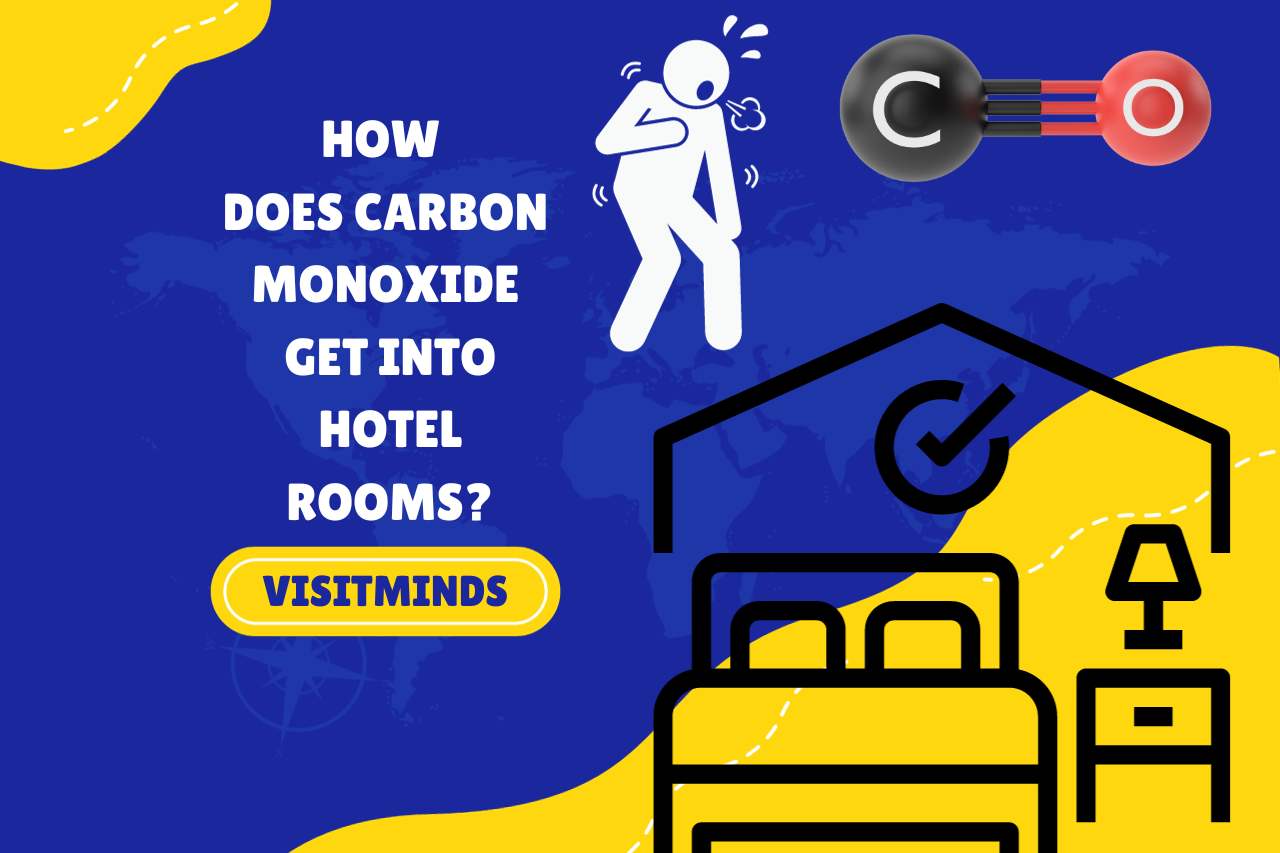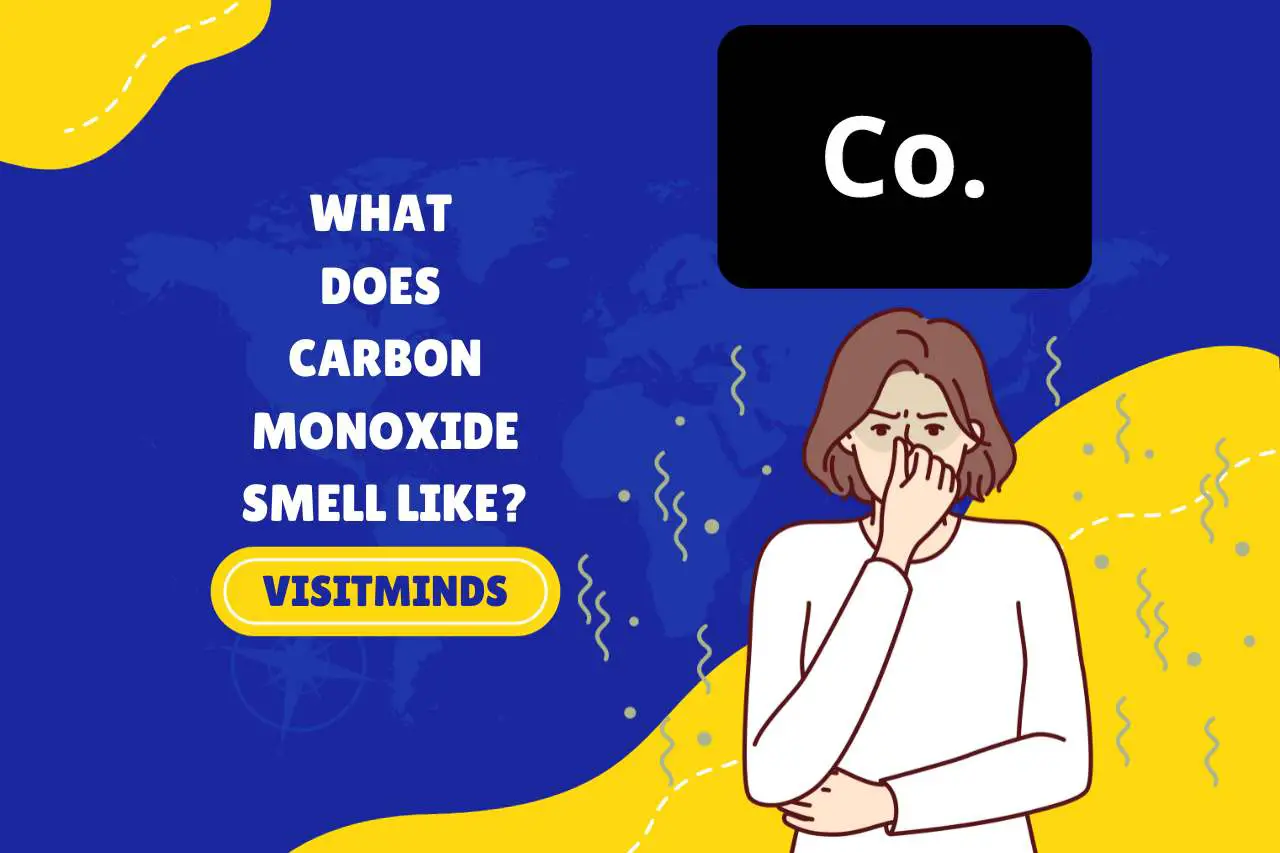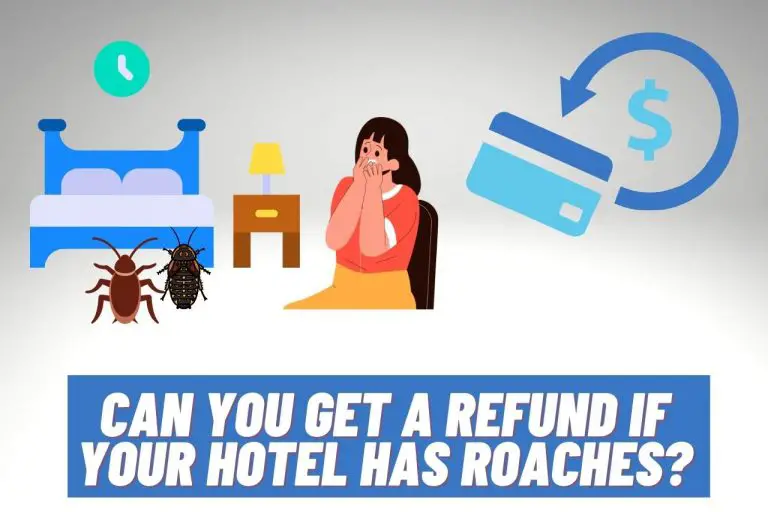How does Carbon Monoxide Get Into Hotel Rooms? Unraveling the Mystery!
When you are traveling, it’s natural for you to wonder, “How does carbon monoxide get into hotel rooms?” A silent, odorless, but deadly gas, carbon monoxide poses unique risks in shared accommodations. In this guide, we’ll delve into your sources of this dangerous gas in hotels, signs of its presence, and preventative measures. Whether you understand the scentless nature of carbon monoxide or you are learning the capabilities of your hotel smoke detectors, ensuring your safety while staying away from home is paramount. Read on to equip yourself with vital knowledge and enjoy a safer travel experience.
How does Carbon Monoxide Get Into Hotel Rooms?
The primary way carbon monoxide (CO) gets into your hotel rooms is through faulty or improperly vented fuel-burning appliances and systems.
In your hotel setting, these can include gas heaters, fireplaces, water heaters, stoves, or generators. You know what? Improper ventilation in confined spaces can lead to a buildup of this colorless, odorless gas.
Another potential source is if a vehicle is left running in an attached garage or near an air intake, causing CO to seep into your rooms.
Blocked flues and chimneys can also prevent CO from escaping, leading it to infiltrate your indoor spaces.
Lastly, a neighboring room with a malfunctioning appliance could potentially lead to CO accumulation in adjacent rooms, which could be yours.
Hotels should ensure regular inspections and maintenance of their appliances and ventilation systems to prevent such dangerous occurrences.
How Do you Know If there is Carbon Monoxide in the Room?
Identifying carbon monoxide in your room can be challenging due to its invisible and odorless nature. However, there are several indicators and methods for you to detect its presence:
- Physical Symptoms: Exposure to CO can lead to headaches, dizziness, nausea, shortness of breath, weakness, confusion, blurred vision, and even loss of consciousness.
- Other Occupants’ Symptoms: If multiple people in your room suddenly feel ill simultaneously, it can be a strong indicator of CO presence.
- CO Alarms: The most reliable method is to have a carbon monoxide alarm installed in your hotel room, which will alert you before harmful levels are reached.
- Flame Color: Are you able to see a flame anywhere? Appliances with a yellow or orange flame instead of a blue one may emit CO.
- Stale, Stuffy Air: If you notice an unusual stuffy atmosphere without any evident reason, this can indicate poor ventilation and potential CO buildup.
If any suspicion arises, it’s crucial for you to ventilate the area and evacuate immediately.
What does Carbon Monoxide Smell Like?
Carbon monoxide is a particularly dangerous gas because it is both odorless and colorless.
This means that we cannot detect it through smell, sight, or taste. Its lack of any discernible smell makes it especially insidious, as we can be exposed to hazardous levels without being aware. This is why it’s often referred to as the “silent killer.”
To ensure your safety and your loved ones, it’s essential to have carbon monoxide detectors installed in your homes, hotels, and other structures.
If the detector sounds an alarm, don’t linger around. It’s crucial to evacuate your premises immediately and seek fresh air. Your safety should always come first.
What to Do If you Suspect there is Carbon Monoxide in a Hotel Room?
If you suspect the presence of carbon monoxide in a hotel room, immediate action is crucial.
First and foremost, evacuate your room without delay, ensuring you get to an area with fresh air.
Once you are safely outside, alert hotel staff or management about your concerns. It’s essential to inform them so that they can take the necessary steps to ensure the safety of other guests.
If you or anyone else with you displays symptoms of carbon monoxide poisoning, such as dizziness, headache, nausea, or shortness of breath, seek medical attention immediately.
Always trust your instincts; if something feels off to you or if a carbon monoxide detector goes off, don’t ignore it.
Preventative measures, such as regularly checking your batteries of detectors and ensuring you have proper ventilation, can also be vital in avoiding such situations.
Do Hotel Smoke Detectors Detect Carbon Monoxide?
Standard hotel smoke detectors are designed to sense smoke, not carbon monoxide. However, if you’re staying in a modern or undergone recent renovations hotel, you might encounter some modern detectors for enhanced safety, which are dual-purpose, meaning they can detect both smoke and carbon monoxide.
However, it’s not a guarantee in every establishment. For added security when staying in a hotel, you can consider carrying a portable carbon monoxide detector.
If you’re concerned about the potential presence of carbon monoxide in your hotel room, don’t hesitate to ask the hotel staff about their detectors and safety measures in place.
Always prioritize your safety and ensure the place you’re staying follows the necessary safety protocols. Your well-being should always come first.
You May Also Like
- How to Find Cameras in Hotel Rooms? (All You Need To Know)
- Can you Light Candles in a Hotel? Here’s What Hotel Policies Say!
- Do Hotels have Vape Detectors? (Do They Exist)
- How Do Hotels Detect Smoking in Rooms? Unveiling the Mystery!
- Are Hotels Open 24/7? Find Out Hotel Hours and Availability!

Hi there, I’m Chathuranga, a travel enthusiast, web developer, and the chief editor of Visitminds.com. Traveling around the world, and experiencing different types of cultures, hotels, and destinations is my passion and I will put my best foot forward to share my knowledge on Visitminds.com via exciting blog posts to make you a pro traveler. Let’s do this!







![Does Hotel WiFi Track History? [VPN On Hotel Wifi]](https://visitminds.com/wp-content/uploads/2022/11/Does-Hotel-wifi-track-history-1-768x512.jpg)
